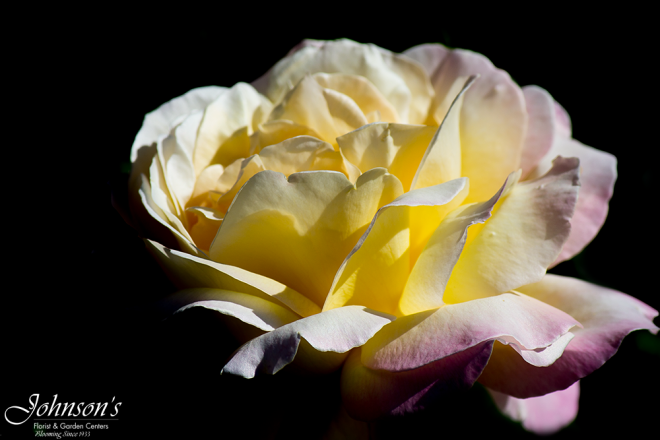Roses are especially susceptible to diseases, particularly powdery mildew and black spot. These are the most severe where humidity or rainfall is high, or where air circulation is poor. Well-maintained plants are less likely to succumb to diseases than weak ones. Follow the recommendations given in our past blog posts for planting, watering and fertilizing, and pruning your roses.
Continue reading “National Rose Month – Vol. 4/4 – Insect and Disease Control”




